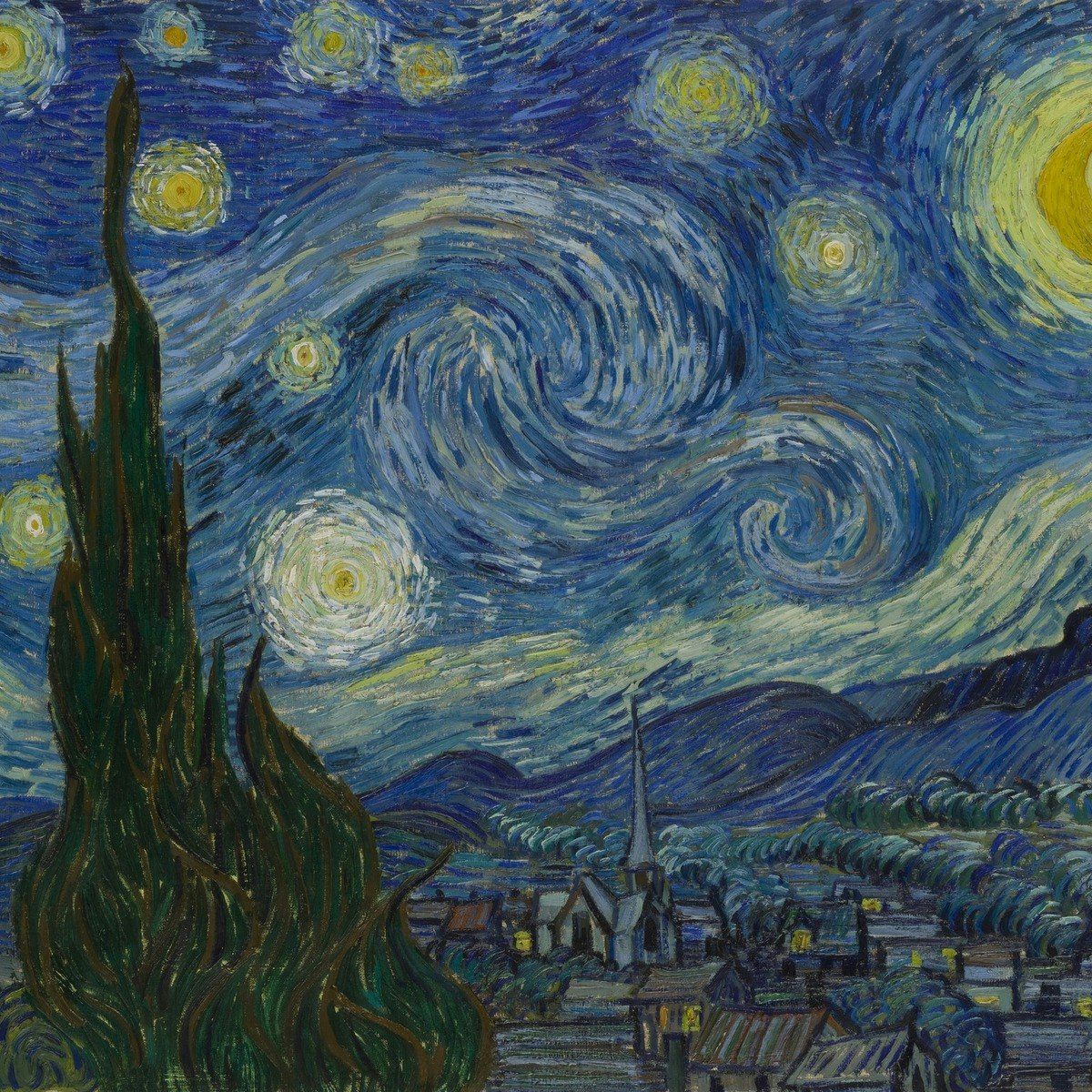Checking out the Impact of Trump Art on Contemporary Political Commentary
Checking out the Impact of Trump Art on Contemporary Political Commentary
Blog Article
Digging Into the Diverse World of Artistic Expression: From Surrealism to Abstract Realistic Look
In the realm of imaginative expression, from the dreamlike landscapes of surrealism to the intricate play of light and type in abstract realistic look, artists have actually continually pushed the boundaries of imagination and creative imagination. As we explore the diverse globe of art, we are offered with a tapestry of designs, strategies, and philosophies that challenge our understanding and provoke consideration.
Surrealism: Letting Loose the Subconscious
Surrealism, a progressive imaginative movement of the 20th century, looked into the midsts of the subconscious, unveiling a globe of dream-like imagery and unusual associations. Led by artists like Salvador Dali, René Magritte, and Joan Miró, Surrealism sought to test the conventional means of understanding and seeing art. With strategies such as automatism and dream analysis, Surrealist artists aimed to touch right into the unconscious mind to expose concealed realities and needs.
Among the essential elements of Surrealism was the focus on the irrational and the astonishing. By incorporating unanticipated aspects in their works, Surrealist artists aimed to produce a sense of disorientation and shock in the audience. This disturbance of logic and factor was implied to provoke a much deeper expedition of the subconscious and the enigmas of the human psyche.
Abstract Realistic Look: Redefining Understanding
Challenging standard creative boundaries, Abstract Realism redefines understanding with the fusion of identifiable elements with abstract kinds. This cutting-edge technique to art combines the representational accuracy of realism with the imaginative flexibility of abstraction, using customers an one-of-a-kind aesthetic experience that prompts them to question their perception of reality.
In Abstract Realistic look, artists strive to catch the essence of their topics while also instilling their job with a sense of depth and intricacy through abstract components. By mixing the acquainted with the strange, these musicians invite target markets to engage with their items on multiple degrees, urging them to explore the subtleties of color, structure, and type.

Cubism: Fragmentizing Reality
Utilizing geometric types and fragmented viewpoints, Cubism transformed the artistic representation of truth in the very early 20th century. Created by Pablo Picasso and Georges Braque, Cubism sought to test conventional ideas of perspective and representation. By breaking down items and figures right into geometric forms and presenting them from several point of views simultaneously, Cubist artists intended to capture the essence of the subject as opposed to its literal appearance. This technique not only deconstructed fact but also highlighted the monotony of the canvas, leading the method for future abstract art activities.

Cubism can be classified into two main phases: Analytical Cubism, characterized by monochromatic shade plans and intricate, fragmented types; and Synthetic Cubism, which included collection components and these details brighter colors right into the structures. Through these distinctive phases, Cubism influenced not only painting however additionally design, design, and sculpture. trump art. Its effect reverberated throughout the art world, motivating musicians to explore new methods of interpreting and standing for the world around them
Expressionism: Emotions on Canvas
Checking out the depths of human feelings via meaningful and vivid brushstrokes, Expressionism became an extensive imaginative motion in the very early 20th century. Unlike previous art motions that concentrated on illustrating the external world, Expressionism dug into the inner realm of the musician's psyche, intending to evoke raw feelings and provoke natural reactions from viewers.
Expressionist musicians, such as Edvard Munch, Egon Schiele, and Emil Nolde, rejected typical notions of elegance and realism for distorting form and shade to convey subjective sensations. Using exaggerated brushwork, vibrant shades, and distorted numbers aided create a sense of unease, alienation, or enthusiasm in their jobs.
One of one of the most famous instances of Expressionism is Munch's "The Scream," which records the extreme anxiety and anguish of modern life with its swirling, altered figure against a blood-red skies. Via their mentally billed jobs, Expressionist artists sought to challenge standard artistic norms and supply a window into the stormy midsts of the human heart.
Contemporary Art: Evolving Point Of Views

One of the specifying attributes of contemporary art is its consistent development and ability to adjust to transforming cultural landscapes. Musicians are significantly integrating innovation into their technique, blurring the lines between the physical and digital worlds. This fusion of tools allows for ingenious methods of narration and engaging with target markets in a more interactive manner.
In addition, modern art often serves as a platform for social discourse, dealing with pressing issues such as identification, national politics, and the environment. Musicians are using their job to stimulate crucial conversations and provoke thought, losing light on the intricacies of the globe we reside in. As viewpoints remain to progress, modern art stays a dynamic and prominent force in shaping our social landscape.
Final Thought
To conclude, the globe of artistic expression encompasses a large range of motions and styles, each with its own unique strategy to sharing significance and emotion. From surrealism's expedition of the subconscious to read review abstract realistic look's redefining of perception, and from cubism's fragmentation of truth to expressionism's portrayal of emotions, art proceeds to progress and challenge viewpoints - trump art. Contemporary art shows the ever-changing world we stay in, using new means to translate and understand the intricacies of our truth
As we explore the complex world of art, we are offered with a tapestry of styles, techniques, and ideologies that challenge our understanding and prompt contemplation. Its influence reverberated throughout the art globe, inspiring artists to check out brand-new means of translating and representing the globe around them.

Report this page